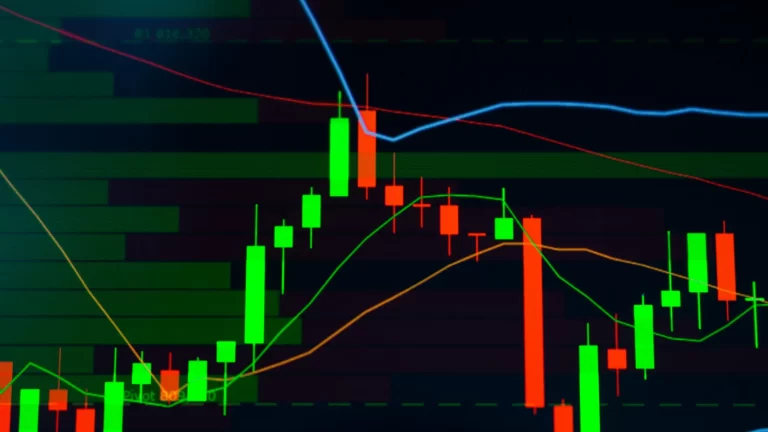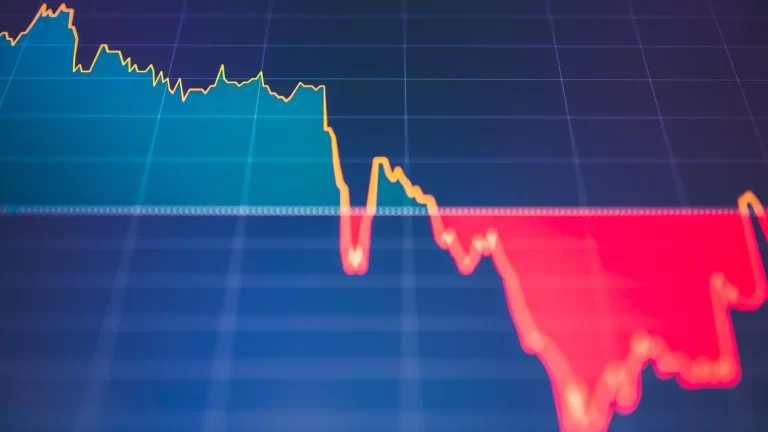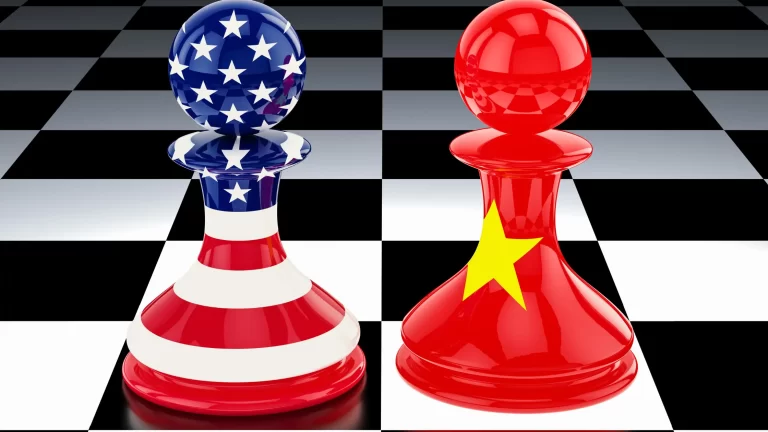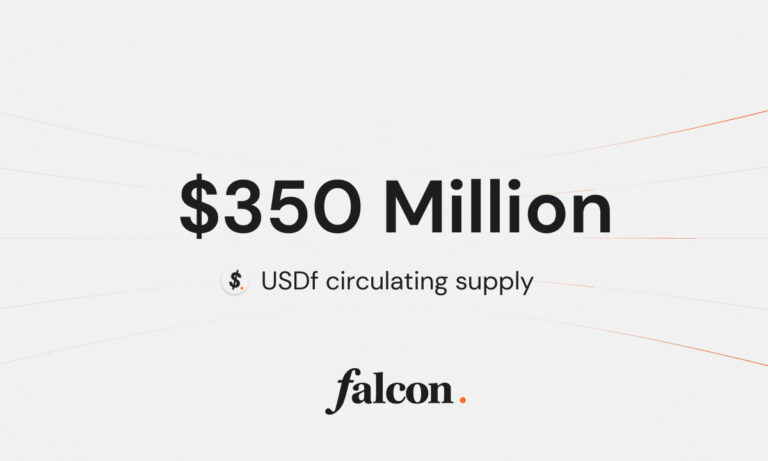Is Bitcoin the Next Reserve Currency?
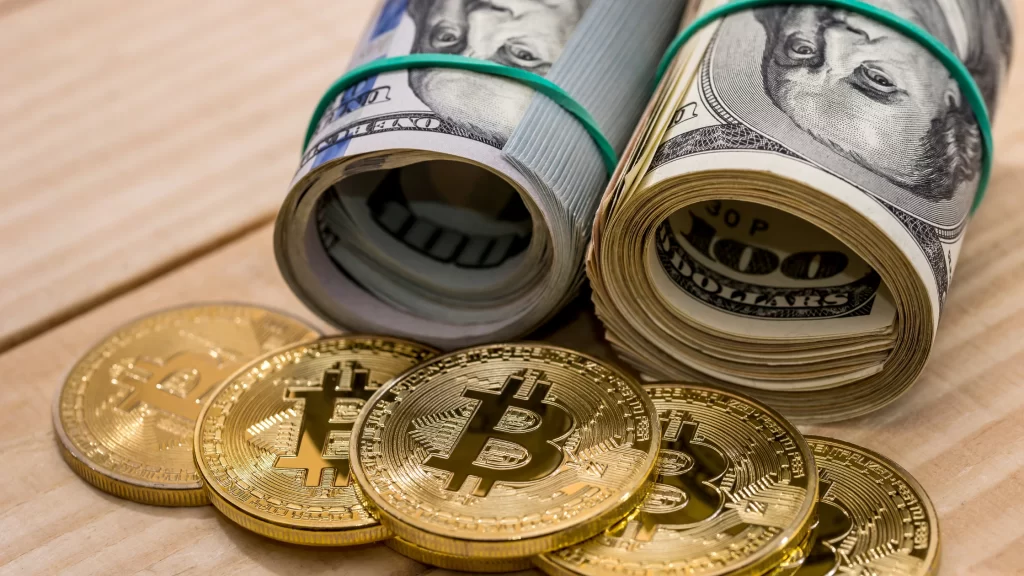
There’s a quiet revolution underway – one that’s not being broadcast in prime-time headlines or shouted from political podiums, but it’s happening all the same. It’s a revolution in trust, in access, and in how the world moves value. And at its center is a technology that most people still associate with either overnight riches or shadowy speculation: crypto.
Yet, to stop at those narratives is to miss the forest for the blockchain trees. Because what’s really unfolding is a transformation not just of money, but of the very foundation of our financial system. A shift from gatekeepers to global participants, from paper trails to programmable assets, and – perhaps most radically – from the U.S. dollar as global overlord to a world where Bitcoin and tokenized assets compete for that trust.
And that’s not sci-fi. That’s a future that’s already begun.
A Superpower Built on Debt? The Clock Is Ticking
Let’s start with the elephant in the room: America’s debt.
The U.S. dollar has been the planet’s reserve currency for nearly eight decades. That means countries store it, trade with it, and trust it like no other. But that trust isn’t unconditional – and lately, the cracks are widening.
Since 1989, the U.S. national debt has grown three times faster than GDP. In 2024 alone, interest payments are set to exceed $950 billion, overtaking even the military budget. By 2030, unless course-corrected, every cent of federal revenue could be swallowed by mandatory spending and debt service. That’s not just bad math – it’s a slow-motion unraveling of what makes the dollar “trustworthy.”
If the dollar was a company, you might ask: Would I invest in this balance sheet?
Now here comes Bitcoin – not as a competitor in a shouting match, but as an alternative rooted in math, scarcity, and transparency. It doesn’t inflate. It doesn’t default. It doesn’t wage wars. It’s simply code. And while it may still be young and volatile, it offers something the dollar increasingly does not: predictability.
Tokenization: Rewiring Finance from the Inside Out
If Bitcoin is a hedge against government dysfunction, tokenization is the reinvention of finance’s infrastructure.
Let’s break that down in plain terms. Tokenization is the process of converting real-world assets – stocks, real estate, bonds – into digital tokens on a blockchain. These tokens act like high-tech deeds of ownership, but they can move at internet speed and settle instantly.
No middlemen. No waiting periods. No faxes (thankfully).
If you’ve ever wired money internationally and watched it disappear into a SWIFT black hole for days, you’ll get it. SWIFT was built in the 1970s, when fax machines were cutting-edge. Tokenization is what happens when that ancient financial plumbing gets replaced with something that actually belongs in 2025.
Here’s why it matters:
-
Fractional ownership: Instead of needing $100,000 to invest in a real estate fund, you could invest $10. Or $1. That’s not just convenience – it’s access.
-
Always-on markets: Tokenized assets don’t close at 4 p.m. EST. They’re global and 24/7, just like the internet.
-
Frictionless yield: Many high-return assets have been gated behind bureaucracy and legal hurdles. Tokenization reduces that friction and opens the door to more inclusive returns.
-
Seamless voting & governance: Imagine being able to vote in shareholder meetings with the tap of a phone. That’s what digital ownership makes possible.
It’s not just about investing. It’s about democratizing the economy.
From Gated Markets to Global Inclusion
This isn’t the first time finance has had to fight for openness.
In the 1700s, London’s elites tried to cordon off their trading floors from the public. It didn’t work – investors pushed back, and history leaned toward inclusion. Today, we’re witnessing a similar battle, just with different tools: algorithms, ledgers, and smart contracts instead of wooden signs and powdered wigs.
Tokenization echoes this same spirit of financial democracy. It tears down the velvet ropes, allowing anyone with a phone and an internet connection to participate. It’s a leap toward a future where capital markets are as accessible as TikTok – but exponentially more impactful.
But let’s be real: the tech alone isn’t enough. Digital identity verification is the linchpin. Without secure, universal ID rails, tokenized finance can’t scale responsibly. The good news? It’s solvable. India has already shown the way – over 90% of its population can securely verify transactions digitally, right now.
The Big Picture
Investing, at its core, is an act of belief. Not just belief in assets, but in progress. In systems. In the idea that tomorrow can be better than today.
That’s what crypto and tokenization ultimately represent – not just new tools, but a new contract with the future. One where power is redistributed, access is equalized, and the financial system becomes less of a fortress and more of a network.
We’re not saying the U.S. dollar disappears next year. Or that tokenized securities will replace the S&P 500 overnight. But the direction of travel is clear: toward decentralization, toward speed, toward inclusion.
This is not just a tech trend. It’s the re-architecture of economic trust.
And it’s something worth championing – not just for crypto die-hards, but for everyone who believes that finance should serve the many, not the few.
We’re Not Just Investing in Coins – We’re Investing in Change
Bitcoin is more than a hedge. Tokenization is more than an upgrade. Together, they’re part of a movement to reshape how wealth is created, shared, and preserved.
It’s no longer a matter of if. It’s a matter of how fast.
So whether you’re a student with $50 in savings or an institution managing $50 billion, this future belongs to you. The only question is: will you be ready to ride the wave – or watch it pass you by?
Read Tokenized Trillions.
